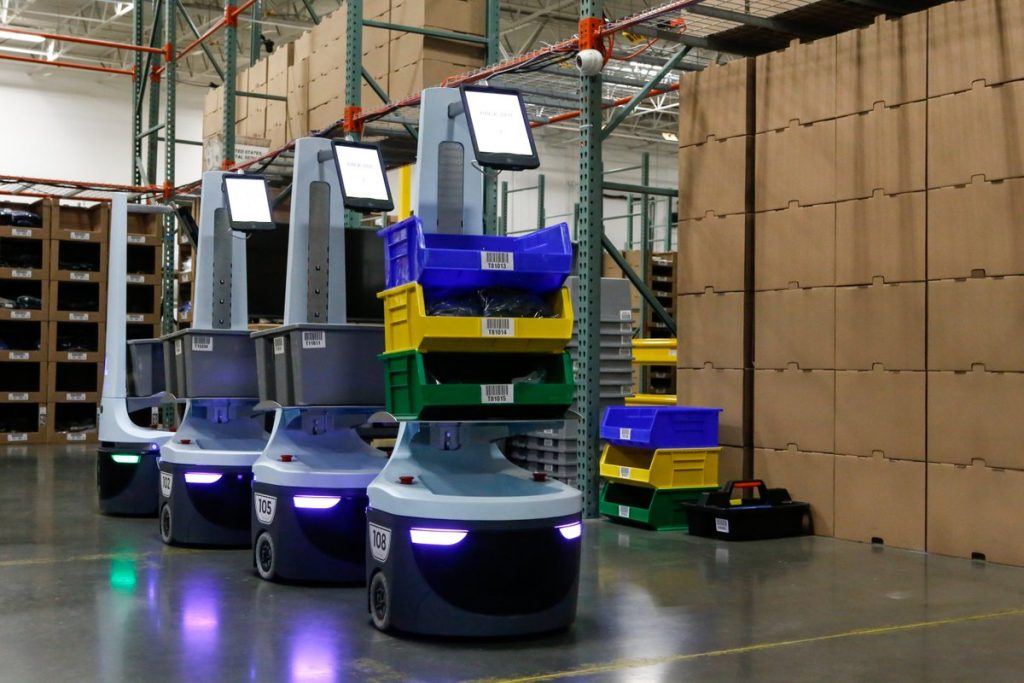In an article at The Wall Street Journal, warehouse robotics company Locus Robotics revealed that they have seen growth in the demand for collaborative robots this year. A company representative said that they are sending cobots to their logistics and e-commerce customers earlier for this year compared to last year. Their customers are also keeping them for longer, the company said.
Collaborative Robots Explained
Collaborative robots or “cobots” is a type of robot that interacts with humans in a shared workforce. In contrast to autonomous robots, cobots do not work independently and require human interventions. Usually used by warehousing companies, these robots are equipped with sensors and cameras to assure good collaborative behavior. Cobots can perform repetitive tasks that usually takes time for human to do – such as fetching and carrying heavy materials. Essentially, collaborative robots eliminate human effort on simple tasks and only require supervision on tasks where it is needed.
Rising Demand for Cobots
Robotics companies market cobots to help people work faster and boost their productivity. In busy times like holidays, warehousing companies find it more economical to invest in robots than finding extra labor. Ergo, more companies are drifting towards automation at the expense of the human workforce. RK Logistics, a Fremont-based warehousing company, is following the same track too. It uses collaborative robots to transfer materials from one station to another. Not only it doubled the items they ship in a day, cobots also handle the job 50% faster than human workers.
Collaborative Robots Vs. Human Workforce
It is an understatement to say that collaborative robots are to change how human works. They are more likely to compete with the existing workforce. Given, they help people work more efficiently. A thing that could mean both good and bad precedence for workers. We couldn’t blame the industry for this. Business is business and investing in automation, in reality, is a more viable option for them. The aging workforce contributes to this collaborative robot phenom. Due to the skills gap, job vacancies go unfilled in some manufacturing companies. Big companies diverting to manufacturing automation hope collaborative robots would ease this hiring crunch.
